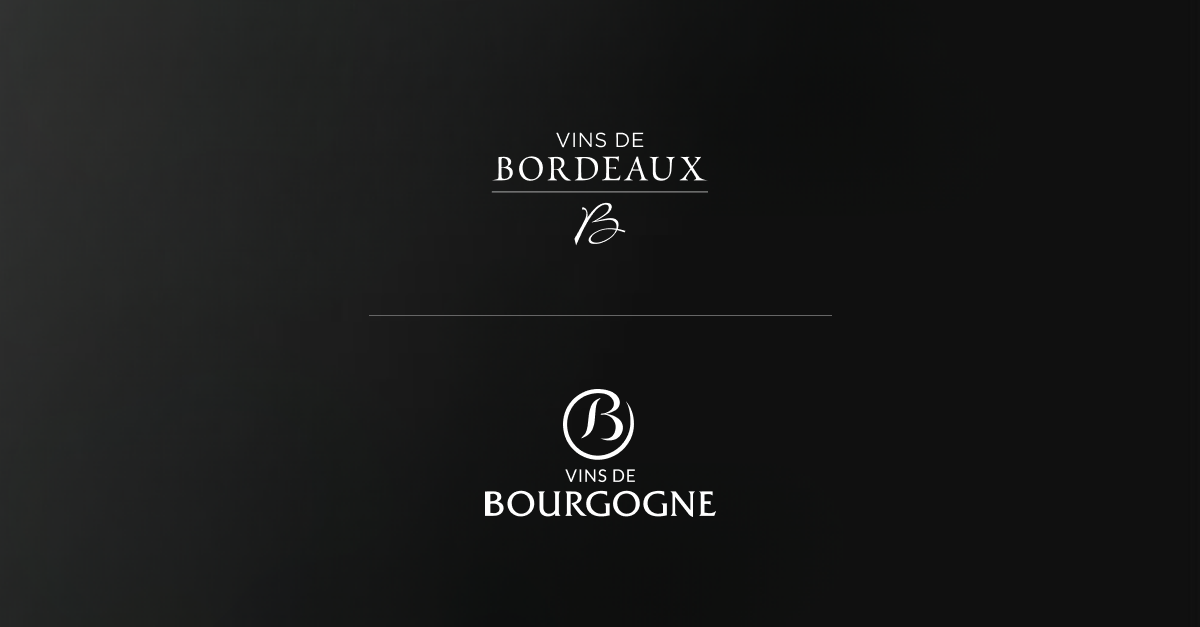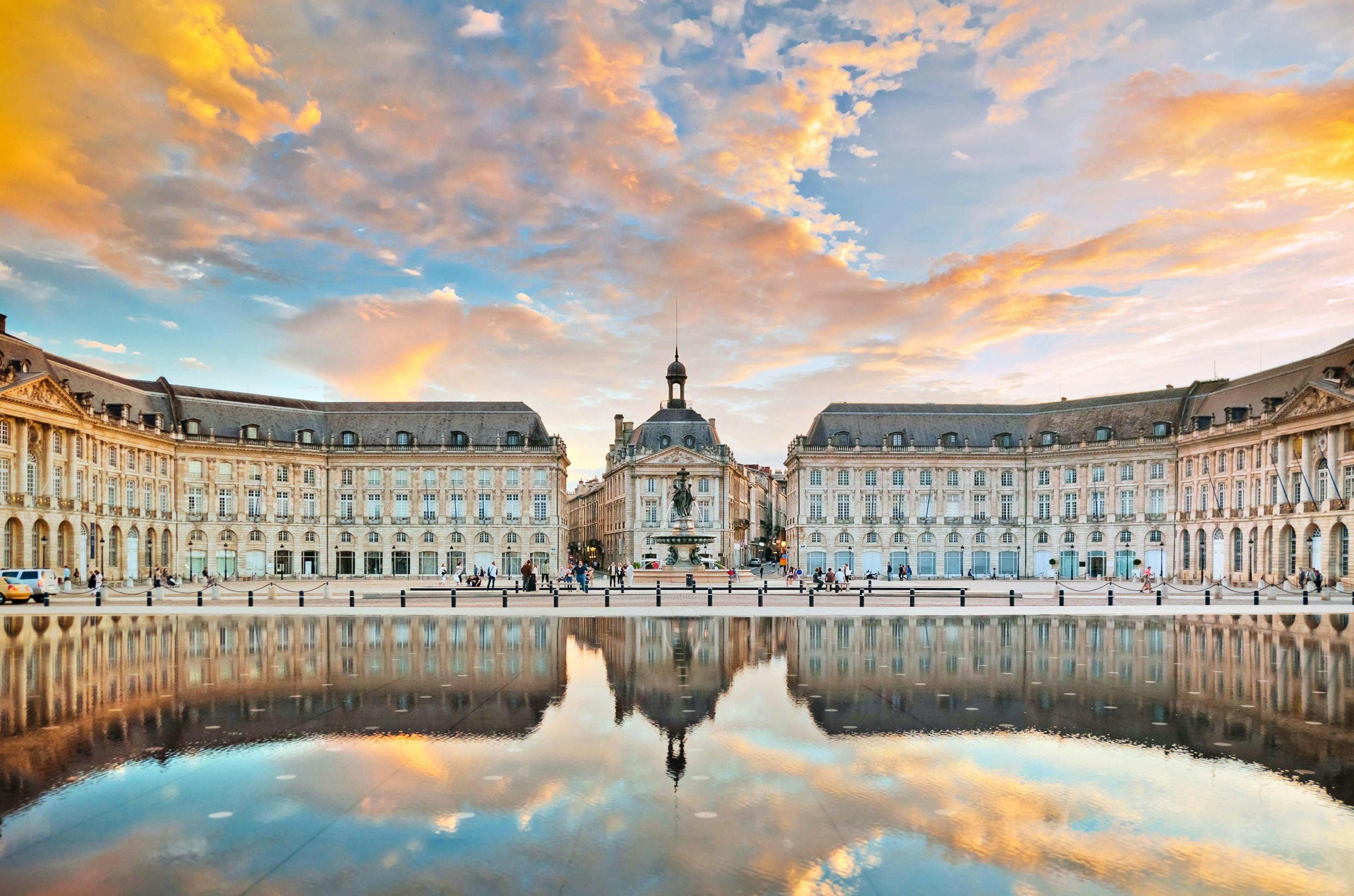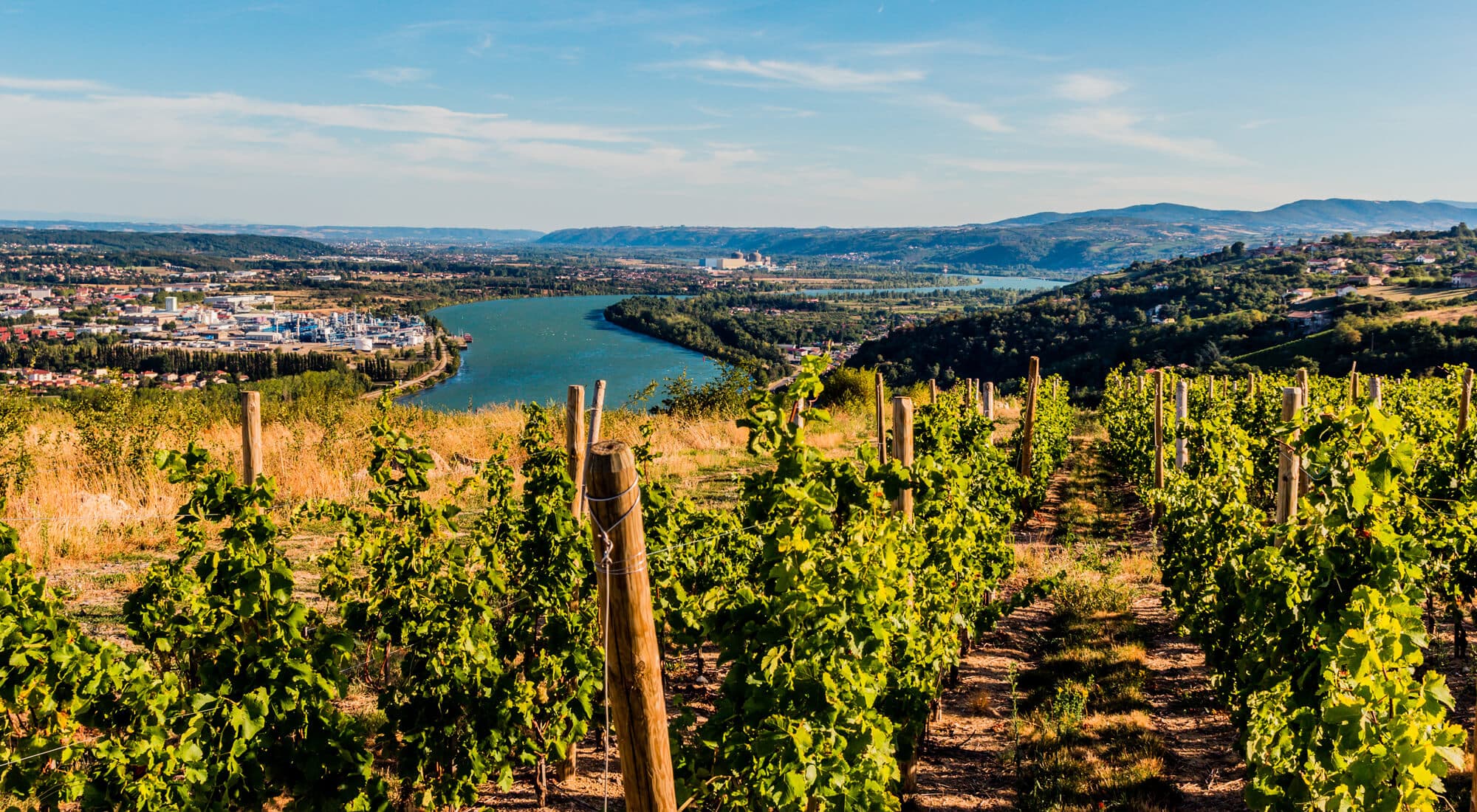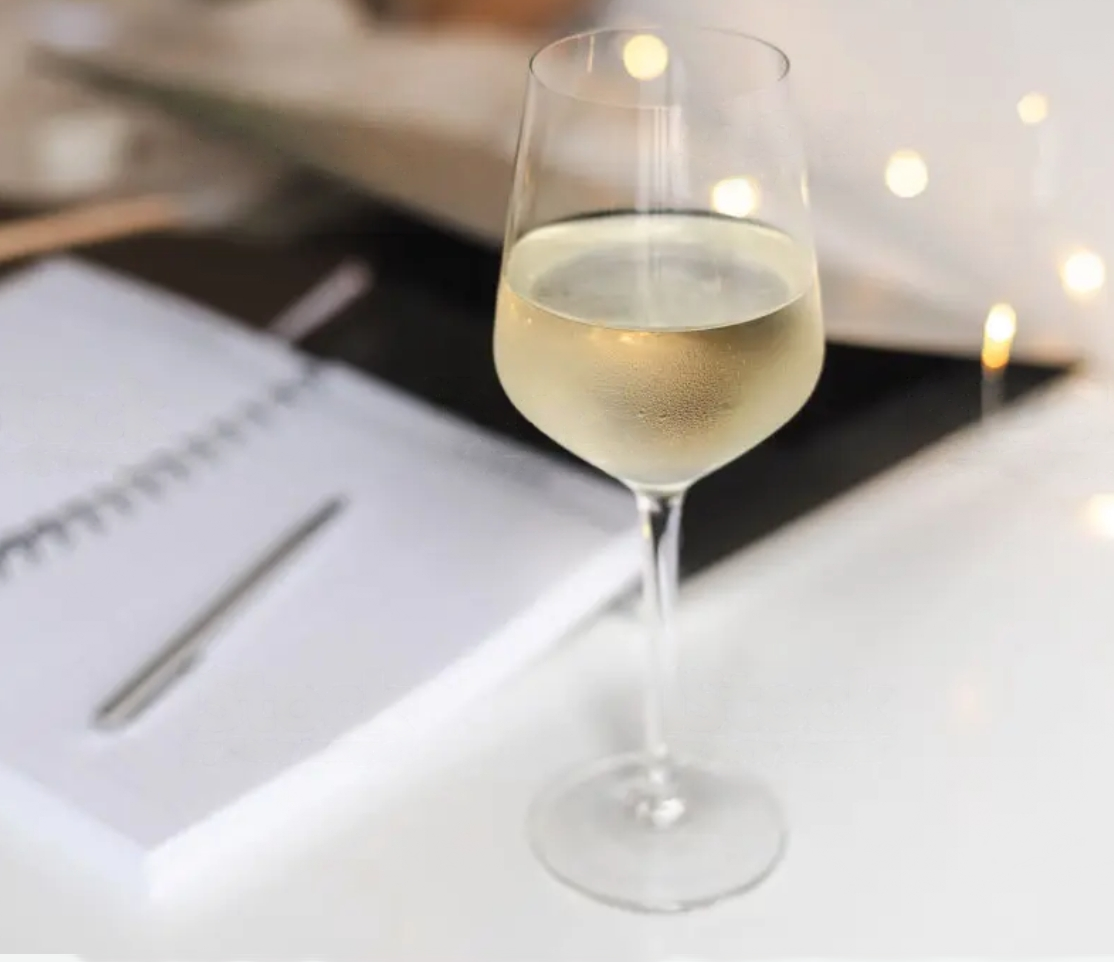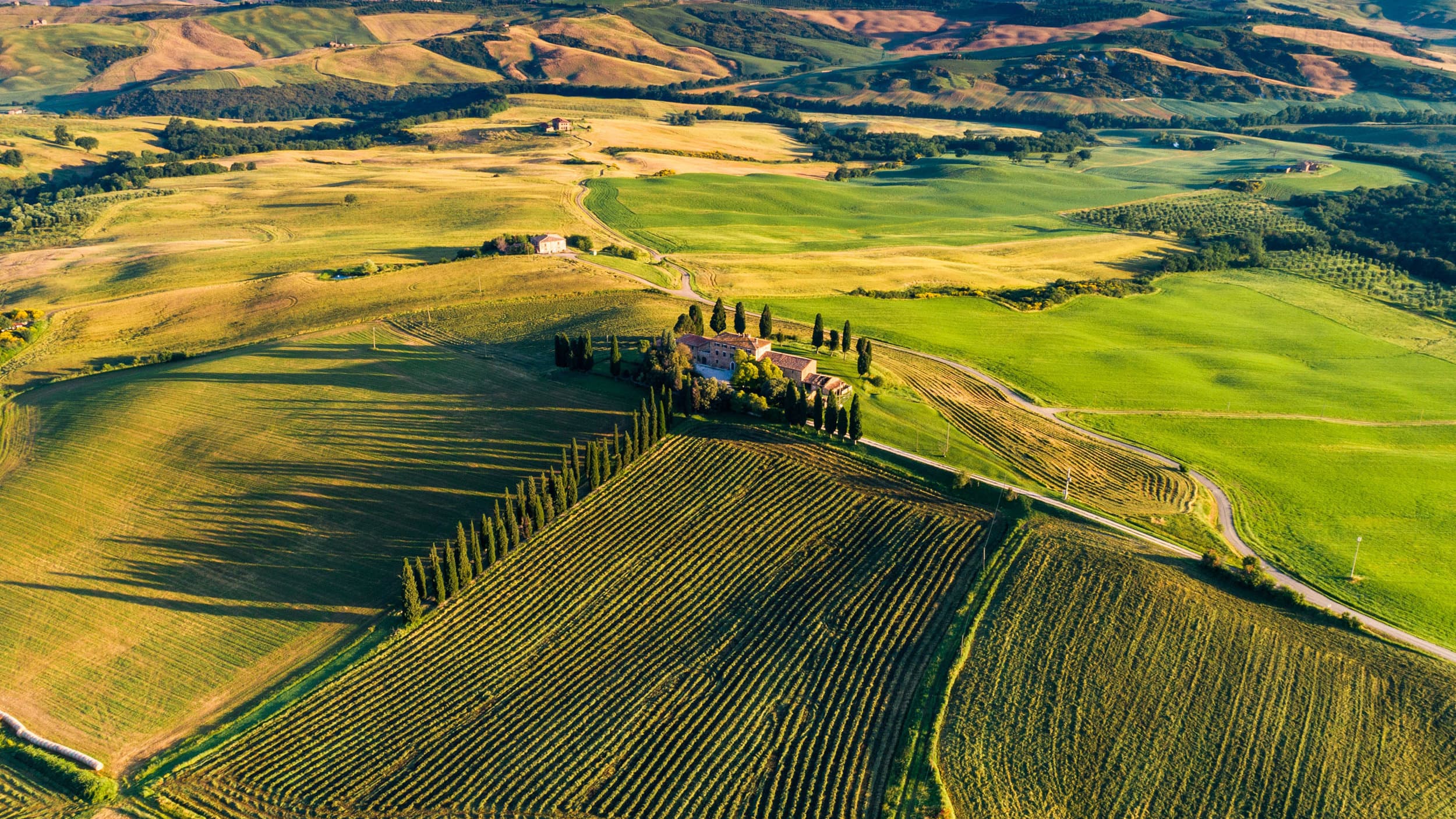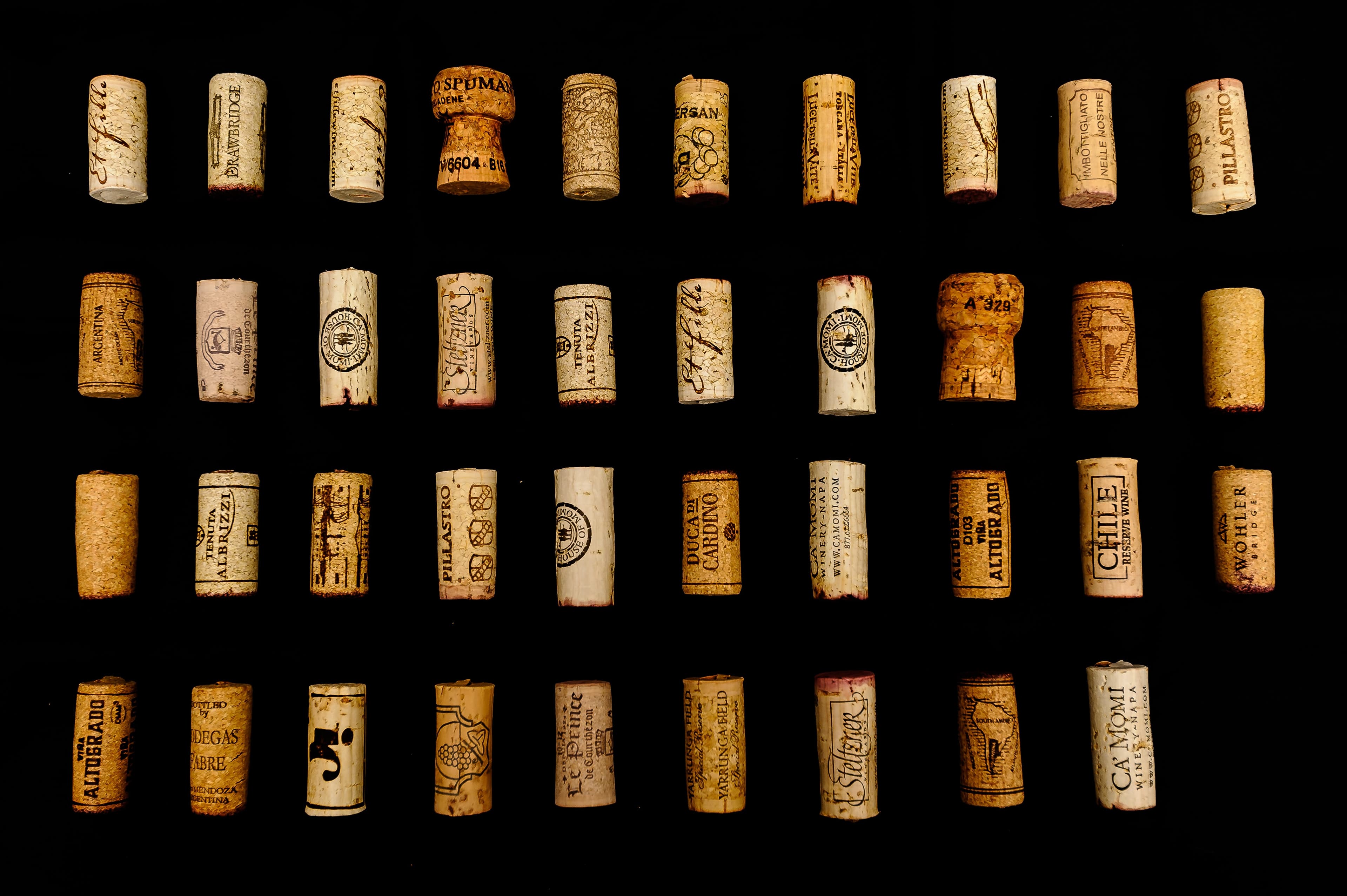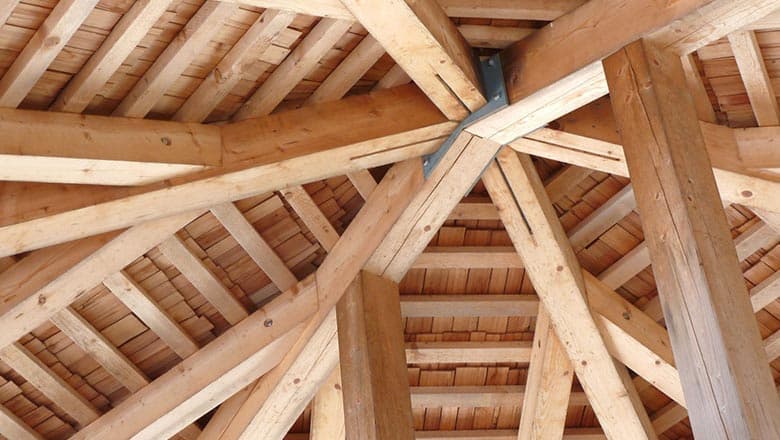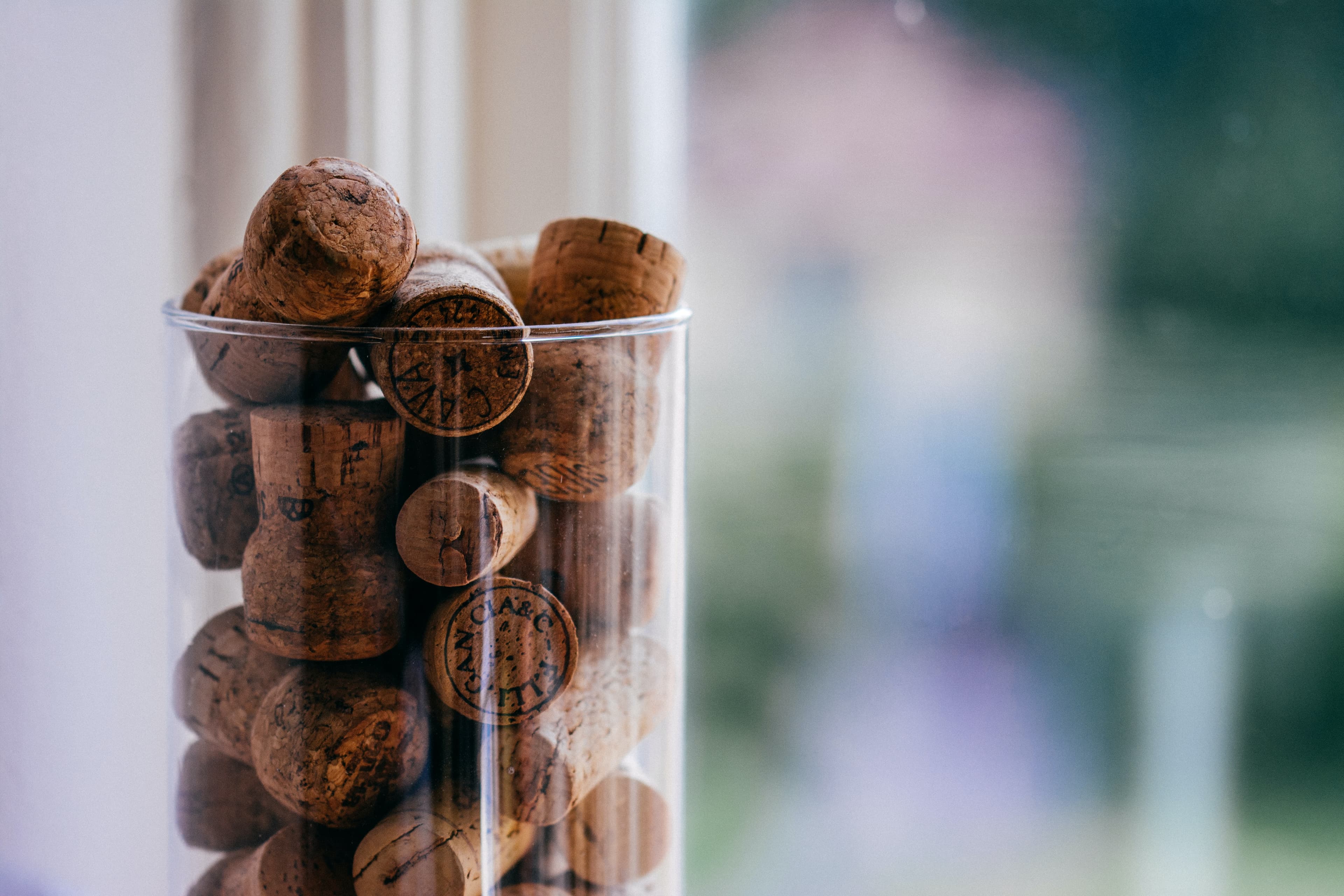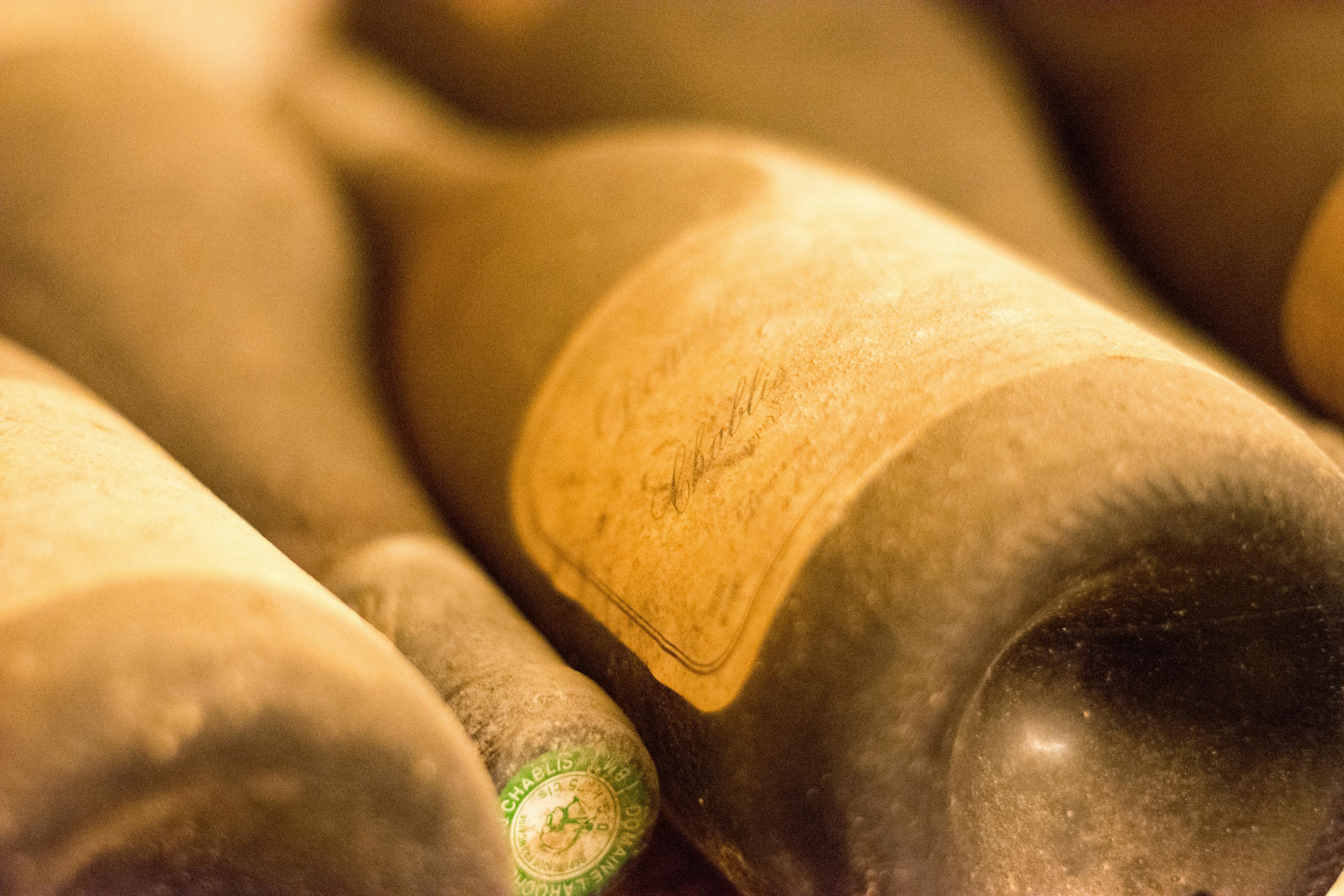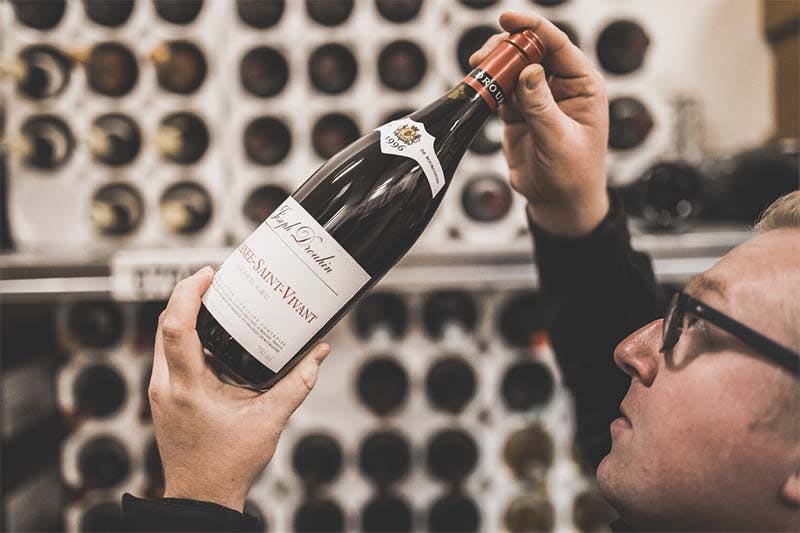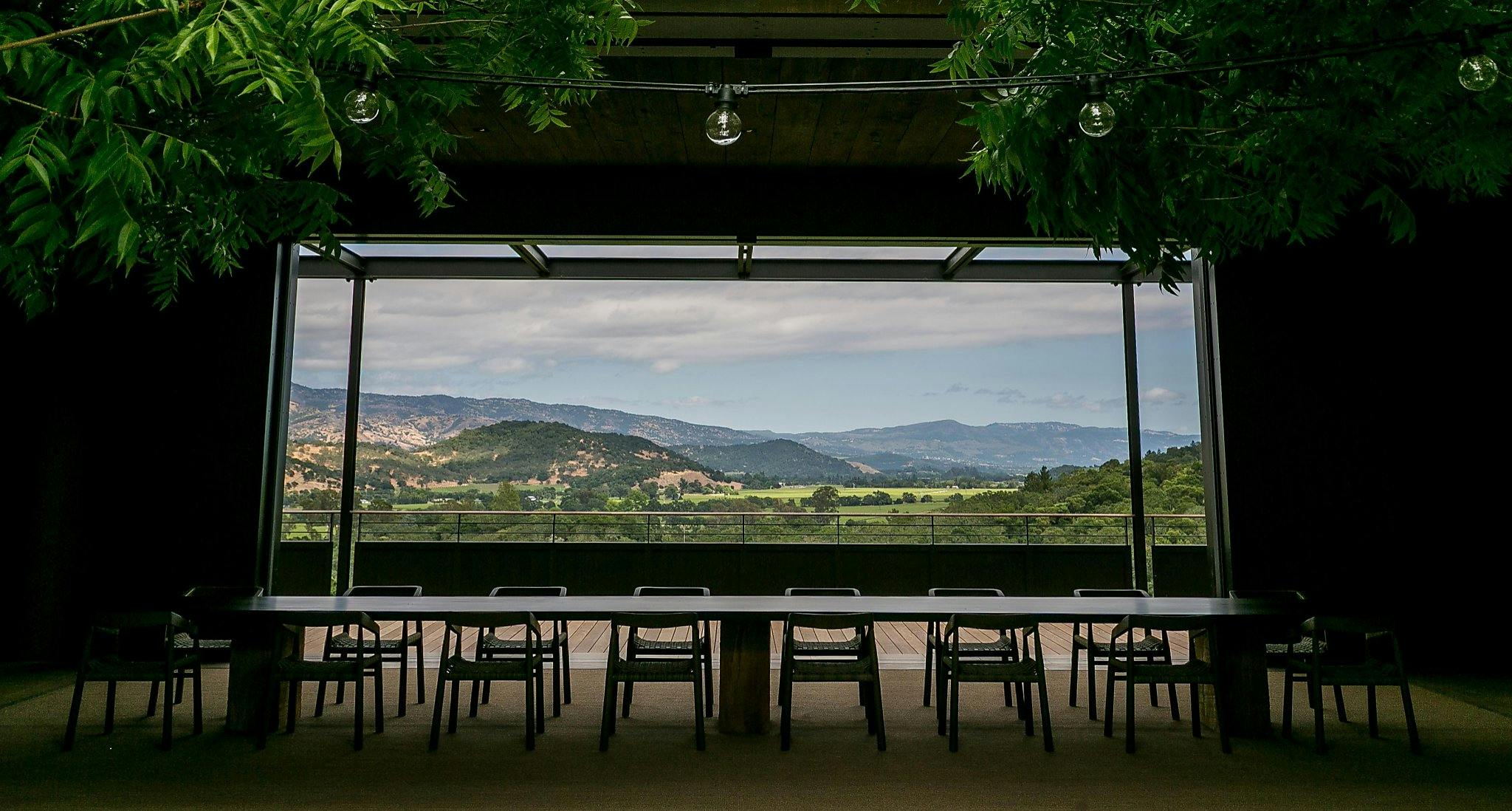
Burgundy wine is much more than just a drink; it’s a liquid heritage that can rival traditional investments in terms of returns. The growing rarity of Burgundy’s grand cru wines and their global reputation make them increasingly attractive assets for savvy investors.
The Most Sought-After Appellations
Prestigious Burgundy appellations are at the heart of wine investment strategies, offering remarkable long-term performance.
The Grand Crus of the Côte de Nuits
The Côte de Nuits, home to some of the world's finest Pinot Noir, is filled with legendary appellations whose value continues to soar. Romanée-Conti, the jewel of Vosne-Romanée, illustrates this phenomenon perfectly. In 2003, a bottle of this exceptional wine sold for an average of €5,000. Twenty years later, in 2023, its average price reached a dizzying €20,000, a staggering 300% increase. This performance far outpaces gold, which “only” doubled in value over the same period (+200%), or the S&P 500 stock index, which grew by 180%.
Chambertin, an emblematic grand cru from Gevrey-Chambertin, has also experienced spectacular growth. Consider a bottle of Domaine Armand Rousseau’s 2005 vintage. Bought en primeur for around €200 in 2006, it now sells for around €5,000. This 25-fold increase in just 17 years attests to the exceptional investment potential of the Côte de Nuits grands crus.
It’s important to note that these performances are not isolated. Other grands crus like Musigny, Richebourg, and La Tâche have followed similar paths, confirming the Côte de Nuits as a goldmine for wine investors.
The Prestigious Whites of the Côte de Beaune
The great Chardonnays of the Côte de Beaune are also part of this race for value. Montrachet, considered the king of white wines, has seen its value explode in recent years. To illustrate, let’s look at a bottle of Domaine de la Romanée-Conti’s Montrachet 2014. Initially sold for around €2,500, it now trades for over €8,000, a 220% increase in just nine years.
This trend is also seen in other white grands crus from the Côte de Beaune. Chevalier-Montrachet, Bâtard-Montrachet, and Corton-Charlemagne have all experienced similar growth. For example, a Corton-Charlemagne from Domaine Coche-Dury, 2010 vintage, purchased for around €500 upon release, can now sell for over €5,000 on the secondary market.
Interestingly, despite their reputation for a shorter aging potential compared to reds, these white wines show similarly impressive investment potential. Their growing rarity, due to lower yields and rising global demand, supports this upward trend.
Emerging Appellations with Strong Potential
While grands crus are the undisputed stars of Burgundy wine investment, some lesser-known appellations offer intriguing opportunities for savvy investors. These “rising values” can yield attractive mid-term returns while posing less financial risk than established grands crus.
Take Pernand-Vergelesses, a neighboring appellation of Corton that has long been overshadowed by its prestigious neighbors. The premier cru “Île des Vergelesses” from Domaine Chandon de Briailles saw its price double between 2015 and 2022, rising from around €30 to €60 a bottle. While these figures may seem modest compared to grands crus, they still represent an average annual return of over 10%, far surpassing most traditional financial investments.
Other appellations like Saint-Aubin, Marsannay, and Fixin are experiencing similar trajectories. For instance, the premier crus of Saint-Aubin, located right next to the prestigious Montrachet, have increased in value by 50% to 100% over the past five years. This trend is partly driven by wine lovers seeking value, turning to these “satellite” appellations in response to the soaring prices of well-known names.
These emerging appellations provide a more accessible entry point for investing in Burgundy wines, offering significant growth potential over the medium term.
Also read : "The art of Burgundy wine tasting"
The Importance of Producer and Vintage
Choosing the right producer and vintage is crucial in wine investment strategy, making the difference between modest returns and exceptional performance.
Iconic Producers and Their Impact on Value
Burgundy’s most prestigious domaines have demonstrated a remarkable ability to generate high returns for investors. Domaine Leroy, for instance, saw the value of its grands crus increase by over 800% between 2003 and 2023, far surpassing the performance of most traditional financial assets.
This trend is not limited to a single domaine. Domaine de la Romanée-Conti, Armand Rousseau, Georges Roumier, and Coche-Dury have all experienced similar growth. For example, a bottle of Musigny from Domaine Georges Roumier, 2005 vintage, bought en primeur for about €300, now sells for around €10,000, a 33-fold increase in 18 years.
Notably, a producer’s reputation can sometimes outweigh the importance of the appellation. As such, even “generic” wines from renowned producers can fetch higher prices than premier crus from less-known estates. For instance, a simple Bourgogne rouge from Domaine Leroy can sell for more than a Nuits-Saint-Georges premier cru from a lesser-known producer.
This dynamic highlights the crucial importance of understanding producers and their history when creating a Burgundy wine investment strategy.
Understanding the Influence of Vintages on Investment
The vintage, or harvest year, plays a pivotal role in a Burgundy wine’s investment value. Great vintages, characterized by optimal climatic conditions, can offer exceptional investment opportunities.
The 2005 vintage, for instance, is considered one of the century’s finest in Burgundy. Wines from this year have seen their values soar. A 2005 Chambertin from Domaine Armand Rousseau, initially sold for around €250 en primeur, now trades at over €6,000 per bottle, a 24-fold increase in 18 years.
Conversely, more challenging vintages can see their value stagnate or even decline. The 2013 vintage, marked by adverse weather, has generally performed less well on the secondary market.
Interestingly, some initially undervalued vintages can become reliable investments over time. The 2008 vintage, for example, initially regarded as average, gained recognition over the years, leading to a significant appreciation in value.
This dynamic underscores the importance of a long-term approach to wine investment and the necessity of understanding each vintage’s unique characteristics.
The Role of Critics and Ratings in Wine Valuation
Ratings and reviews from influential critics play a substantial role in determining the value of Burgundy wines in the investment market. A study conducted by the University of Bordeaux showed that a one-point increase in Robert Parker’s score (out of 100) could lead to a 7% to 15% price increase for high-end wines.
In Burgundy, critics like Allen Meadows (Burghound), Jasper Morris MW, and Neal Martin hold significant influence. An exceptional score from them can boost a wine’s value, particularly for lesser-known producers or controversial vintages.
For instance, when Neal Martin awarded a perfect 100/100 to Domaine Georges Roumier’s Musigny 2015, the price of this wine surged by over 40% in the months that followed.
It’s worth noting that the impact of critics’ ratings can vary by producer. For the most prestigious estates, such as Domaine de la Romanée-Conti, the influence of scores is less pronounced, as their reputation is already well-established.
This dynamic highlights the importance of closely following recognized critics’ evaluations, while remembering that these ratings are just one of many factors in determining a wine’s value.
Also read : "Burgundy Appellations"
Buying and Storage Strategies
Investing in Burgundy wine requires a well-thought-out strategy, from purchasing to storage.
Buying En Primeur: Advantages and Risks
While less developed in Burgundy than in Bordeaux, buying en primeur can offer interesting opportunities for investors. This practice involves purchasing wine before it is bottled, usually 18 months before it is actually delivered.
There are several advantages to buying en primeur. First, it often allows buyers to acquire wines at a lower price than the market price at the official release. For example, Clos de Tart 2015, offered at around €200 en primeur, now sells for about €600, a 200% increase over seven years.
Second, buying en primeur may be the only way to obtain certain rare and highly sought-after wines. For grands crus from prestigious estates with limited production, en primeur allocations are often the only chance to acquire these bottles.
However, this practice also involves risks. The primary risk is uncertainty about the final quality of the wine, which has not yet been bottled at the time of purchase. Additionally, the period between purchase and delivery must be considered, during which capital is tied up.
It is therefore crucial to thoroughly research the producer, vintage, and market conditions before engaging in en primeur purchases. This strategy is particularly suited to patient investors capable of tying up funds for several years.
Diversifying the Wine Portfolio
Diversification is a key strategy in wine investment, helping to spread risk and optimize potential returns. A balanced Burgundy wine portfolio could include:
60% established grands crus: These wines from prestigious estates and renowned appellations form the backbone of the portfolio. They offer a certain degree of security and significant long-term appreciation potential. Examples include grands crus from the Côte de Nuits such as Chambertin, Musigny, or Romanée-Conti.
30% promising premiers crus: This category allows for the inclusion of high-quality wines at more accessible prices, with strong growth potential. This might include premiers crus from Vosne-Romanée, Gevrey-Chambertin, or Puligny-Montrachet.
10% emerging appellations: These wines represent the more speculative part of the portfolio, with high growth potential but higher risk. Examples might include wines from Saint-Aubin, Marsannay, or Pernand-Vergelesses.
This allocation allows investors to benefit from the stability and prestige of renowned names while taking advantage of the growth potential of lesser-known appellations. It is also wise to diversify across vintages and producers to further reduce risk.
For instance, an investor might allocate €100,000 as follows:
€60,000 in grands crus (e.g., 2 cases of Romanée-Conti, 3 cases of Musigny)
€30,000 in premiers crus (e.g., 5 cases of Vosne-Romanée 1er Cru, 5 cases of Meursault 1er Cru)
€10,000 in emerging appellations (e.g., 10 cases of Saint-Aubin 1er Cru)
This diversification strategy maximizes the chances of return while minimizing risks related to market fluctuations or the performance of a specific wine.
Optimal Storage Conditions to Preserve Value
Storing Burgundy wines intended for investment is crucial and can significantly impact their long-term value. Optimal storage conditions are essential to preserve—and even increase—the value of these exceptional wines.
Temperature is the most critical factor. Ideally, Burgundy wines should be stored at a consistent temperature between 12°C and 14°C. Large temperature fluctuations can accelerate wine aging and alter its quality. According to a study by the University Institute of Vine and Wine in Dijon, a mere 2°C temperature variation can reduce the lifespan of a Burgundy grand cru by 2 to 3 years.
Humidity is another key factor. A humidity level between 70% and 80% is ideal for maintaining the integrity of corks, preventing excessive evaporation or premature oxidation. Low humidity can dry out corks, while high humidity can encourage mold growth.
Darkness is also essential. UV rays can degrade the wine's aromatic compounds, affecting its quality and value. Bottles should be stored away from direct light.
The position of the bottles matters as well: they should be stored horizontally to keep the cork moist and ensure a good seal.
For serious investors, professional warehouses specializing in fine wine storage are often the best option. Facilities like La Réserve de Bordeaux or Octavian in the UK provide optimal storage conditions and full insurance. For example, La Réserve de Bordeaux maintains a constant temperature of 13°C and 75% humidity in its cellars, ensuring ideal conditions for preserving fine wines.
Professional storage costs range from €1 to €2 per bottle per year, depending on the services provided. Though this is an additional investment, it is usually offset by the preservation and appreciation of the wines' value.
Price Trends in the Market
The price trends of Burgundy wines in the investment market are a fascinating subject that warrants in-depth analysis.
Analyzing Price Trends Over Recent Decades
Over the past few decades, the prices of Burgundy's great wines have skyrocketed, often outperforming other traditional investment assets.
According to the Liv-ex Fine Wine 1000, the benchmark index for the fine wine market, Burgundy's fine wines appreciated by 298% between 2003 and 2023. By comparison, over the same period, the S&P 500 stock index rose by 180%, and the price of gold by 200%.
This trend is especially marked for the most prestigious grands crus. For instance, the average price of a bottle of Romanée-Conti rose from around €5,000 in 2003 to over €20,000 in 2023, a 300% increase over 20 years.
Even premier crus and renowned village-level wines have seen substantial price increases. A Meursault 1er Cru "Les Perrières" from Domaine Coche-Dury, for example, saw its price rise from around €150 in 2003 to over €1,000 in 2023, nearly a sevenfold increase in 20 years.
Factors Influencing Price Fluctuations
Several factors contribute to the price fluctuations of Burgundy wines:
Scarcity: The limited production of Burgundy grands crus, combined with growing global demand, drives prices upward. For instance, the total production of Romanée-Conti is no more than 6,000 bottles per year, while global demand is estimated at over 100,000 bottles.
Climate conditions: Exceptional vintages can see rapid price increases. The 2015 vintage, for instance, appreciated quickly due to its exceptional quality.
Critic ratings: A high rating from an influential critic can drive prices up. When critic Neal Martin awarded a perfect score of 100/100 to the Musigny 2015 from Domaine Georges Roumier, the wine’s price soared by over 40% in the following months.
International demand: The growing interest from Asian markets in Burgundy’s great wines has contributed to rising prices. According to a Sotheby’s report, the share of Asian buyers in Burgundy fine wine auctions increased from 15% in 2003 to over 50% in 2023.
Climate change: Decreasing yields due to climate-related issues (frost, hail, drought) contribute to reduced supply, thereby pushing prices up.
Future Prospects for the Burgundy Wine Market
Experts in the fine wine market remain optimistic about Burgundy wines' potential as an investment. The ongoing reduction in supply, due to both production constraints and climate change impacts, is expected to keep upward pressure on prices. According to a Morgan Stanley study, the global wine market is experiencing a structural deficit, which should support the long-term value of quality wines.
The growing interest from emerging markets, especially in Asia, is likely to continue boosting demand. A study by VINEX projects that China will become the second-largest wine market by 2023, potentially impacting the prices of Burgundy's finest wines.
Some analysts believe that Burgundy grands crus prices could double within the next decade. However, it is important to remember that the fine wine market can be volatile, and external factors like global economic crises can significantly affect short-term prices.
Adapting to climate change is also crucial for Burgundy vineyards. Estates that successfully adjust to these challenges may see their wine values rise disproportionately.
In conclusion, while past performance doesn’t guarantee future outcomes, current trends and structural factors suggest that Burgundy wines may continue to offer attractive investment potential in the coming years.
Tips for Starting a Collection
Investing in Burgundy wines can be an exciting and potentially lucrative venture, but it requires a thoughtful and informed approach.
Establishing a Budget and Defining Investment Goals
Before venturing into wine investment, it's crucial to set a clear budget and define your goals. Experts generally recommend starting with a minimum budget of €10,000 to build a diversified, meaningful portfolio.
Wine investment should be viewed as a long-term commitment. Most professionals suggest a minimum investment horizon of 5 to 10 years to maximize potential returns. A Knight Frank study found that fine wines, including a significant portion from Burgundy, offered an average annual return of 13% between 2010 and 2020.
Your investment objectives should also guide your purchasing strategy. If you’re aiming for faster but riskier growth, you might focus on wines from emerging producers or high-rated recent vintages. For a more conservative approach, classic grands crus from established vintages may be a better choice.
Reliable Sources for Buying Investment Wines
Ensuring the quality and authenticity of wines is paramount, so sourcing from reputable sellers is essential. Recommended options include:
Respected Merchants: Houses such as Berry Bros. & Rudd, Farr Vintners, and Millésima are known for their expertise and quality wines.
Auction Houses: Major houses like Sotheby’s, Christie’s, and Acker Merrall & Condit regularly host fine wine auctions. These can be opportunities to acquire rare wines, though a strong market knowledge is advisable.
La Place de Bordeaux: While traditionally focused on Bordeaux, La Place de Bordeaux also distributes some Burgundy wines, offering privileged access to certain allocations.
En Primeur Purchases: Although less developed in Burgundy than in Bordeaux, some Burgundian estates offer en primeur purchasing, which can present interesting opportunities.
Specialized Online Platforms: Sites like Liv-ex and Wine Owners facilitate buying and selling investment wines with transparent pricing.
Always check the provenance and storage conditions of the wines before purchasing. Don’t hesitate to request detailed photos of bottles and information on their storage history.
The Importance of Authenticity and Provenance
In wine investment, authenticity and provenance are paramount. Counterfeiting, though rare, can severely impact the value of an investment.
Several methods ensure authenticity:
Serial Numbers: Many prestigious estates now use unique serial numbers on each bottle. Since the 2012 vintage, for example, every bottle of Domaine de la Romanée-Conti has a unique code that can be verified online.
Anti-Counterfeiting Technology: Estates like Château Margaux use NFC (Near Field Communication) labels that allow authentication via smartphone.
Blockchain: This technology is increasingly used to guarantee the traceability of fine wines. Château Latour, for instance, uses blockchain to ensure bottle traceability from the 2018 vintage onward.
Provenance, or the wine's ownership and storage history, is equally important. A wine stored in optimal conditions since bottling will command a higher value than one with an uncertain storage history.
For the most prestigious wines, requesting a certificate of authenticity and a detailed provenance history is recommended. These documents can significantly enhance the wine's resale value.
By following these guidelines and staying informed on market trends, you will be well-positioned to start your Burgundy wine investment collection. Remember that passion for wine and patience are valuable assets on this journey.
To support you in your Burgundy wine investment journey, Rekolt.io offers a carefully curated selection of wines with high potential. Our team of experts is available to guide you in your selections, advise you on promising vintages, and help you build a diversified portfolio. Additionally, our professional storage service, in partnership with renowned cellars, ensures optimal preservation conditions for your valuable bottles. Visit Rekolt.io today to begin your exciting venture into the world of Burgundy wine investment.
Share this article
